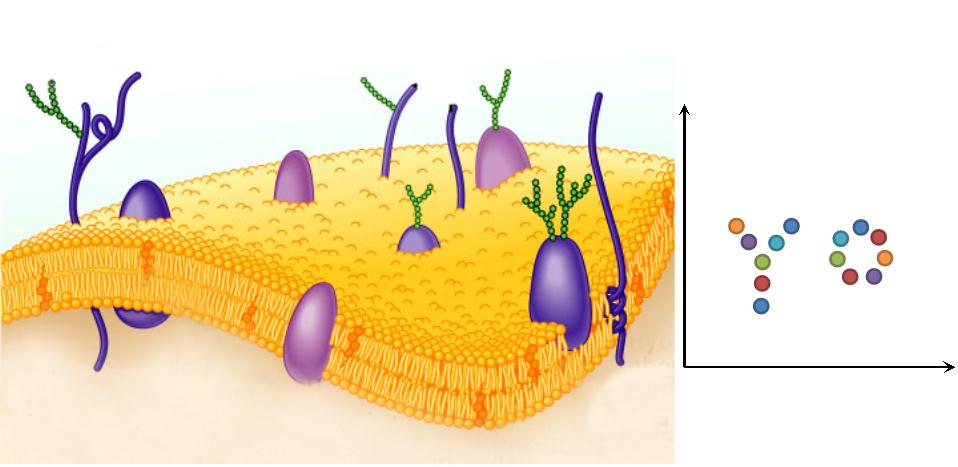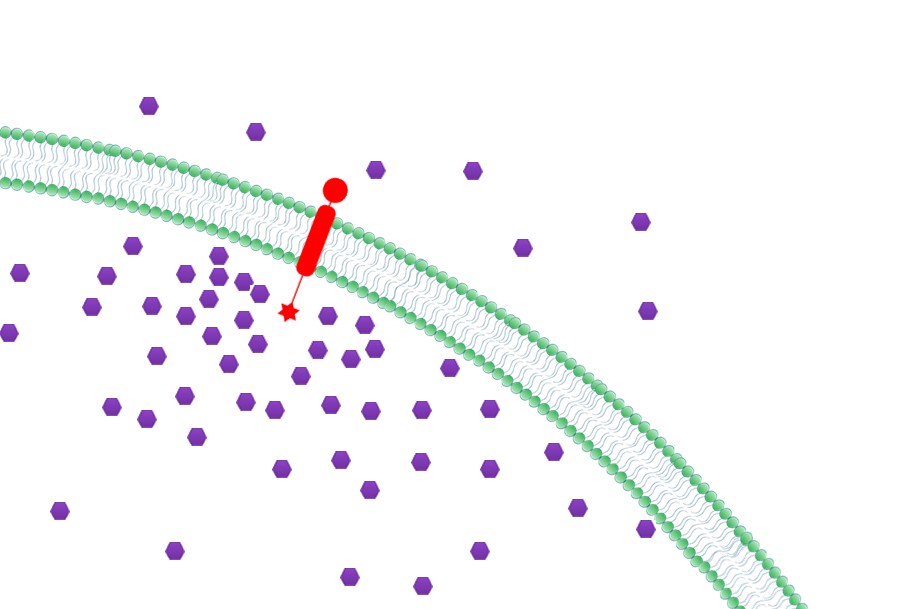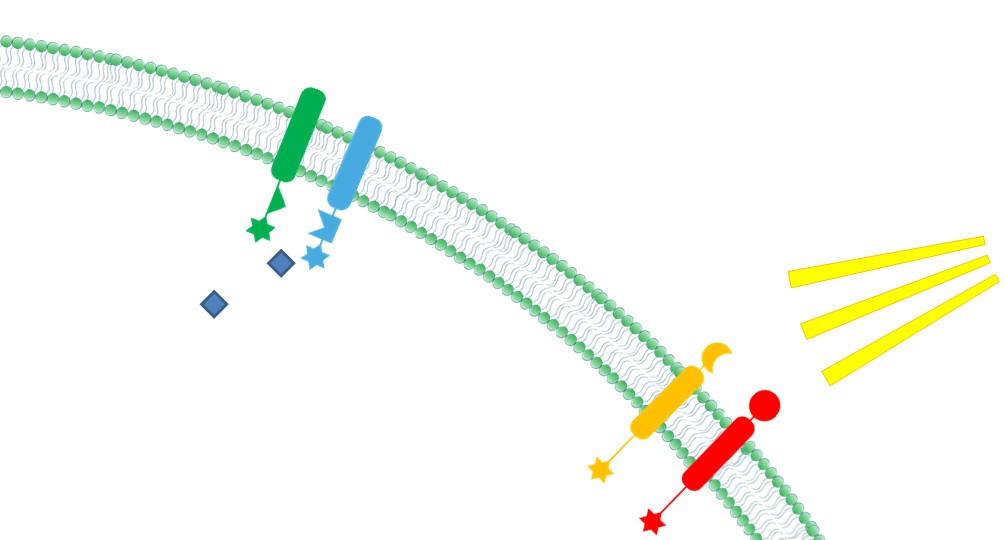Team:SJTU-BioX-Shanghai/Project
From 2012.igem.org
AleAlejandro (Talk | contribs) (→Why MEMBRANE?) |
AleAlejandro (Talk | contribs) (→Why MEMBRANE?) |
||
| Line 64: | Line 64: | ||
2. '''Two-Dimensional Plane: ''' Membrane Scaffold changes restricted the reaction space to a two-dimensional plane, which has been proved to accelerate reaction more sharply than one-dimensional and discrete scaffold. | 2. '''Two-Dimensional Plane: ''' Membrane Scaffold changes restricted the reaction space to a two-dimensional plane, which has been proved to accelerate reaction more sharply than one-dimensional and discrete scaffold. | ||
| - | [[File:12SJTU Why membrane2.jpg| | + | [[File:12SJTU Why membrane2.jpg|400px|center|thumb|Two-Dimensional Plane]] |
3. '''Priority to Exportation: ''' Concentration of final products could be effectively increased near the membrane with Membrane Scaffold, which in turn, facilitates the transmembrane transportation. So final products would be more readily to be exported to extracellular media. | 3. '''Priority to Exportation: ''' Concentration of final products could be effectively increased near the membrane with Membrane Scaffold, which in turn, facilitates the transmembrane transportation. So final products would be more readily to be exported to extracellular media. | ||
| - | [[File:12SJTU Why membrane3.jpg| | + | [[File:12SJTU Why membrane3.jpg|400px|center|thumb|Priority to Exportation]] |
4. '''Ability to Sense Signals''' Membrane Scaffold provides a platform to directly receive environmental and internal signal. Thus reactions could be dynamically controlled through those signals. | 4. '''Ability to Sense Signals''' Membrane Scaffold provides a platform to directly receive environmental and internal signal. Thus reactions could be dynamically controlled through those signals. | ||
| - | [[File:12SJTU Why membrane4.jpg| | + | [[File:12SJTU Why membrane4.jpg|400px|center|thumb|Ability to sense signals]] |
Revision as of 07:47, 24 October 2012
| ||
|
 "
"
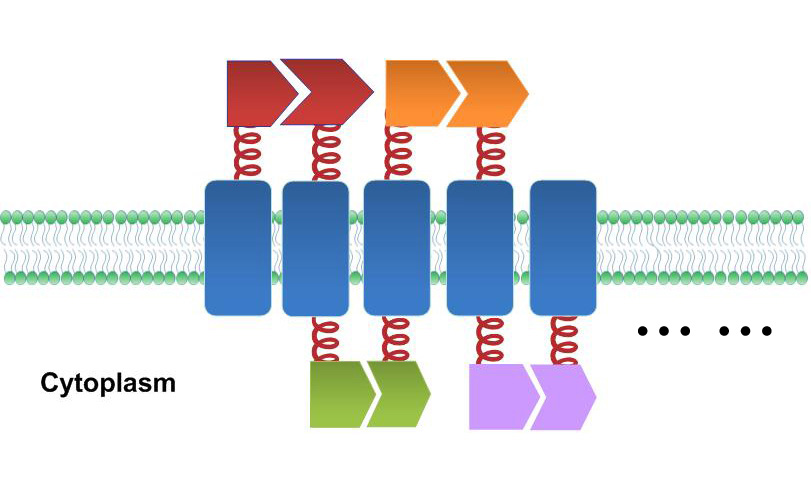
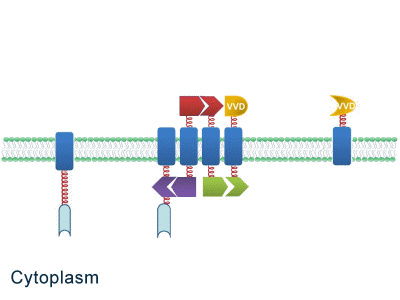 Fig.2: Sketch of Membrane Rudder
Fig.2: Sketch of Membrane Rudder

